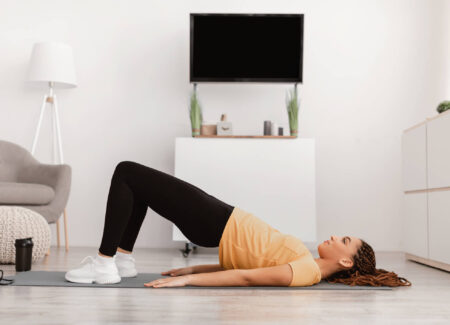Zachary Haulman- Altoona Center
After a summer away, students might find it hard to get moving when school resumes. Or maybe it’s just that their backpacks are too heavy.
Physical therapists and other medical professionals are counseling parents and students about proper backpack use in order to keep them healthy throughout the school year. In fact, Sept. 17 is the American Occupational Therapy Association’s National School Backpack Awareness Day.
Your backpack might be a problem if you have trouble getting it on or off, if you have to lean forward to carry it, or if you have back pain that started after using a heavy pack. More than 7,000 emergency room visits in 2001 were related to backpacks, approximately half of those them occurring in children 5 to 14 years old.
The back pain caused by backpacks is usually muscle strains that can be alleviated with a short rest or reduced activity. Of course, it is important to differentiate between backpack pain and other causes of pain.
Besides encouraging poor posture, backpacks that are too heavy can dig into shoulders and pinch nerves that travel from the neck. This could cause numbness or tingling in hands. Carrying a heavy backpack increases the risk of falling, especially on stairs or other places that can challenge a child’s balance.
Here are several tips to consider when loading backpacks:
- A child should carry no more than 15 percent of his or her body weight: that’s 15 pounds in a backpack for a child who weighs 100 pounds. You can use a scale to show what 15 percent of body weight feels like.
- If you can, choose a bag that you can roll behind you like airport luggage. This is a simple way to get the load of a heavy backpack off your shoulders.
- If your backpack has straps, make sure the padding is thick and supportive. Wear the straps on both shoulders and make sure the straps are tightened to hold the heavy load as close to your body as possible.
- The bottom of the backpack should not rest more than 4 inches below the waistline.
- The heaviest objects should be closest to the child. If the pack exceeds 15 percent of the child’s body weight, have the child carry the remaining items in his or her arms to keep the load close to the body.
Parents should take an active role in monitoring backpacks, occasionally checking to make sure that the load isn’t a drag on a child’s health. Any back pain that persists is uncommon and should be evaluated by a medical professional.



